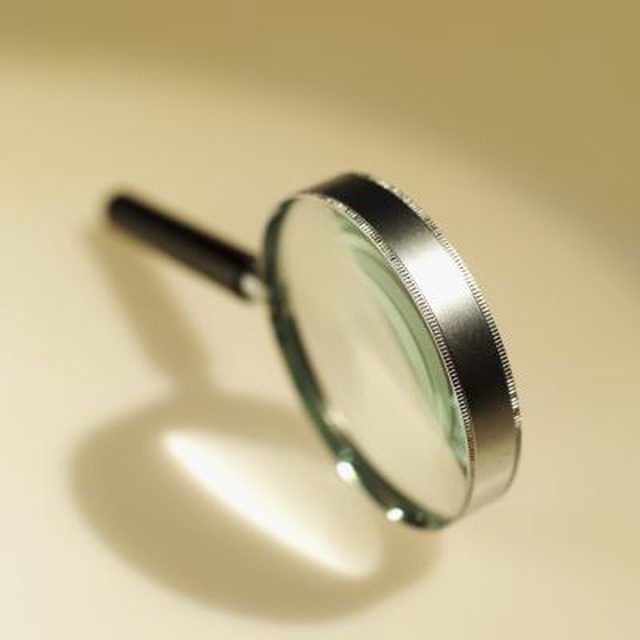Bulbs
Flower Basics
Flower Beds & Specialty Gardens
Flower Garden
Garden Furniture
Garden Gnomes
Garden Seeds
Garden Sheds
Garden Statues
Garden Tools & Supplies
Gardening Basics
Green & Organic
Groundcovers & Vines
Growing Annuals
Growing Basil
Growing Beans
Growing Berries
Growing Blueberries
Growing Cactus
Growing Corn
Growing Cotton
Growing Edibles
Growing Flowers
Growing Garlic
Growing Grapes
Growing Grass
Growing Herbs
Growing Jasmine
Growing Mint
Growing Mushrooms
Orchids
Growing Peanuts
Growing Perennials
Growing Plants
Growing Rosemary
Growing Roses
Growing Strawberries
Growing Sunflowers
Growing Thyme
Growing Tomatoes
Growing Tulips
Growing Vegetables
Herb Basics
Herb Garden
Indoor Growing
Landscaping Basics
Landscaping Patios
Landscaping Plants
Landscaping Shrubs
Landscaping Trees
Landscaping Walks & Pathways
Lawn Basics
Lawn Maintenance
Lawn Mowers
Lawn Ornaments
Lawn Planting
Lawn Tools
Outdoor Growing
Overall Landscape Planning
Pests, Weeds & Problems
Plant Basics
Rock Garden
Rose Garden
Shrubs
Soil
Specialty Gardens
Trees
Vegetable Garden
Yard Maintenance
How to Troubleshoot Cat Palm Leaves That Are Turning Brown
How to Troubleshoot Cat Palm Leaves That Are Turning Brown. Cat palms, also called cataract palms and cascade palms, are originally from the jungles of Central America where they grow on stream banks. Cat palms add a lush tropical accent to outside landscaping in warm weather locations such as California and Florida; in harsher climates, they are...

Cat palms, also called cataract palms and cascade palms, are originally from the jungles of Central America where they grow on stream banks. Cat palms add a lush tropical accent to outside landscaping in warm weather locations such as California and Florida; in harsher climates, they are kept as dramatic houseplants, and are often moved outdoors in summer to beautify terraces and patios. If your cat palm has fronds that are turning brown, there are techniques you can use to identify the problem, correct it, and restore your plant to verdant health.
Things You'll Need
Magnifying glass
Garden hose
Spray mister
Isopropyl alcohol
Ultra-refined horticultural oil
Commercial 12-4-12 palm fertilizer
Look for whitish deposits in the soil around your cat palm, an indication of harsh salts in hard tap water, and a common cause of browning leaves in cat palms. If you see the deposits, leach out the salts by drenching the soil until water runs out the bottom of the container, and repeating many times in succession. If you have hard water, use only distilled water for watering and misting your cat palm in the future.
Check the undersides of your cat palm's fronds for cobwebby material, a sign of spider mites. Cat palms are extremely susceptible to these tiny pests, and can even die from a bad infestation. Use a magnifying glass to confirm the presence of the miniscule, reddish-brown spidery insects. Treat by spraying forcefully with a hose to knock the mites off, and mist your cat palm daily to discourage further infestation as spider mites thrive in hot, dry conditions.
Examine your cat palm for the presence of mealybugs, which cause yellowing and then browning of leaves by sucking the juices from the plant. If your cat palm has mealybugs, you will see small, oval cottony dots on the leaves. Spray mealybugs with a half-and-half mixture of isopropyl alcohol and water.
Check for roundish, waxy bumps on stems of fronds, a sign of scale insect infestation. Smother the scale with ultra-refined horticultural oil.
Fertilize your cat palm three to four times a year using a 12-4-12 formulation palm fertilizer to treat brown leaves caused by insufficient nutrients in the soil.
Mist your cat palm daily with lukewarm, distilled water to prevent the dryness that causes browning; cat palms need a lot of humidity to thrive.
Evaluate the light you are giving your cat palm; both insufficient light and too much light can contribute to brown leaves. Cat palms are understory trees in their native environment and need filtered light. Mature, well-established cat palms can tolerate direct sun, but too much sun can scald the leaves. Move your cat palm to different lighting, if possible, to alleviate the problem.
Water your cat palm until water runs out the bottom of the drainage holes to guard against under-watering, manifested by leaf tips turning brown.
Tips & Warnings
You can trim brown tips off with sharp, clean scissors but make sure to leave about 1/8 of an inch of brown in order to prevent it from spreading down the frond.
Don't place your cat palm in front of a heating or air conditioning vent as the air will be too dry.